Research
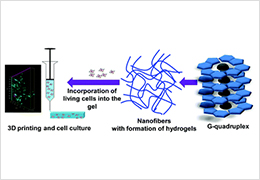
3D-bioinks for 3D printing using extrudable G-quadruplex hydrogels were prepared, where the 3D printing process is driven by injectability and the highly thixotropic and self-healable nature of the gel. High cell viability and homogeneous cell distribution within the gel make it a promising material as a 3D bioink.
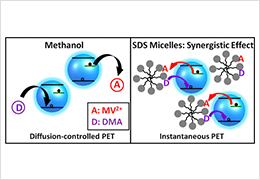
Synergistic Enhancement of Electron-Accepting and -Donating Ability of Nonconjugated Polymer Nanodot in Micellar Environment has been explored. These findings provide valuable insights into the intrinsic relation between redox and PL properties of nonconjugated PND.
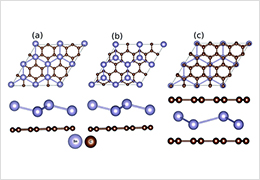
Heterostructure based Graphene–Stanene–Graphene (C–Sn–C) quantum wall (QW) was proposed where the hybrid state in the QW provides topological protection in graphene The high carrier mobility of graphene and the QSH state of stanene may coexist in the C–Sn–C system and that could pave the way to novel spin-based electronic devices.
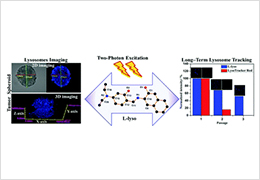
Water soluble two-photon fluorescent organic Probes (L-lyso) has been explored for long-term imaging of lysosomes in live cells and tumor spheroids. L-lyso has an edge over the commercially available expensive LysoTracker probes and also over other reported probes in terms of its long-term imaging, water solubility and facile synthesis.
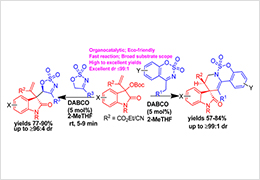
Stereoselective synthesis of 3,3-disubstituted oxindoles and spirooxindoles in good to excellent yields and diastereomeric ratio (up to ≤96:4) with excellent functional group tolerance via allylic alkylation of Morita-Baylis- Hillman carbonates of isatins with cyclic sulfamidate imines catalyzed by DABCO at room temperature.
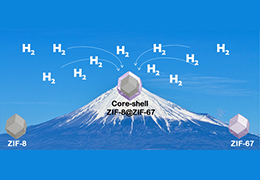
Enhanced hydrogen storage and CO2 capture was achieved over core-shell ZIF-8@ZIF- 67 and ZIF- 67@ZIF8 frameworks. Notably, the distinctly remarkable H2 storage properties shown by both the core- shell ZIFs over the bimetallic Co/Zn-ZIF and the physical mixture of ZIF-8 and ZIF-67 clearly evidenced their unique structural properties (confinement of porosity) and elemental heterogeneity due to the core-shell morphology of the outperforming core-shell ZIFs.
